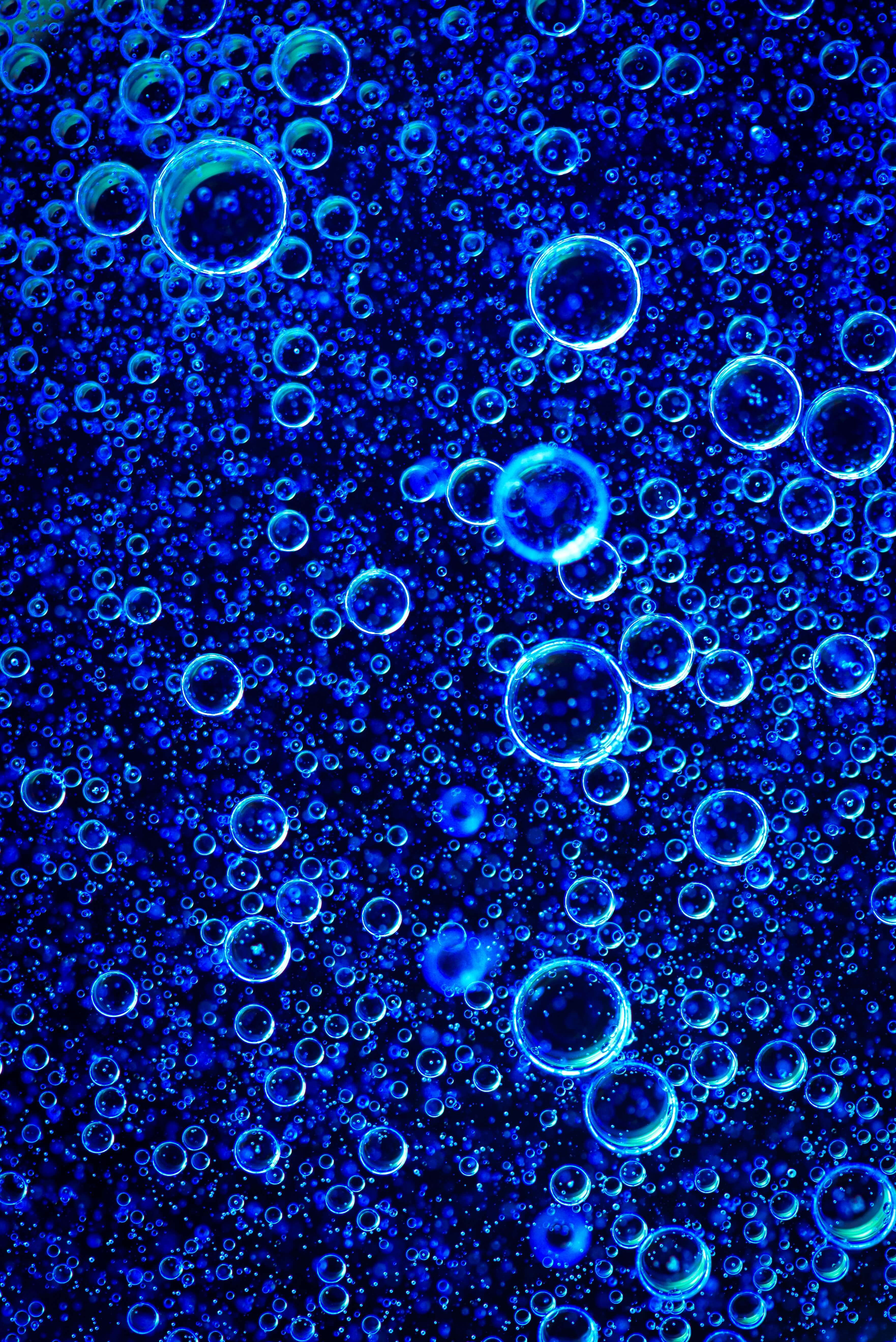Three Unique Properties Enable Sustainable Wastewater Treatment Using Nanobubbles

Summary
Traditional wastewater treatment methods are costly and struggling to keep up with increasing demands on freshwater resources. Innovations in nanobubble technology take advantage of the unique properties of tiny bubbles to provide water treatment solutions.
How are nanobubbles used to improve wastewater treatment?
Effective wastewater treatment is essential in protecting freshwater resources from harmful contaminants, like sewage and industrial chemical wastes (1). However, current methods of biological wastewater treatment are often energy-intensive and require the addition of chemical oxidizers to deactivate organic pollutants and pathogens (2). Nanobubbles, tiny bubbles with nanometer-sized diameters, have three unique properties that are especially useful for sustainable wastewater treatment (1):
![]()
Oils, surfactants, colloids, and solids can be well mixed throughout the wastewater and are challenging to remove. Nanobubbles are attracted to hydrophobic contaminants through negative surface charges. As a result, they surround these contaminant particles, making them easier to filter out (3).
![]()
Aeration is done to deliver oxygen to microorganisms that degrade organic contaminants in wastewater. When the dissolved oxygen concentration is too low, anaerobic degradation slows and releases harmful and odorous hydrogen sulfide. Nanobubbles have a large surface area to volume ratio, which significantly increases the diffusion of dissolved oxygen. In addition, their neutral buoyancy ensures that dissolved oxygen can penetrate the full depth of the microbial layer (4).
![]()
Oxidation processes use reactive oxygen species. These strip electrons from non-degradable organic pollutants like pesticides and petroleum compounds. This reaction then forms stable inorganic products like water, carbon dioxide, and salts. Nanobubbles use air and water to supply hydroxyl free radicals (OH) to oxidative processes without the addition of costly chemical reagents (2).
Easier filtration, absolute oxygen dissolution, and free radical infusion are only some of the applicabilities of nanobubbles. This technology holds incredible potential, making it the future of wastewater treatment.
References
- Gurung, A, Dahl, O, Jansson, K. The fundamental phenomena of nanobubbles and their behavior in wastewater treatment technologies. Geosystem Eng. 19:3 (2016) 133-142. https://doi-org.oca.ucsc.edu/10.1080/12269328.2016.1153987
- Shubiao Wu, TL, Mortimer, RJG, Pan, G. Nanobubble Technology in Environmental Engineering: Revolutionization Potential and Challenges. Environ. Sci. Technol. 53:13 (2019) 7175-7176. https://doi.org/10.1021/acs.est.9b02821
- Enhance wastewater treatment process. Molear: Advancing nanobubble technology. Retrieved from https://www.moleaer.com/industries/wastewater
- Nanobubble Systems Applications. Nanobubble Systems: Advanced aeration technology. Retrieved from nanobubblesystems.com/wastewater-treatment
- Most Viewed Blog Articles (5)
- Company News (285)
- Emerging Technologies (64)
- Microbiology and Life Science News (93)
- Water and Fluid Separation News (97)
- Filtration Resources (93)
- Product News (19)


![Join Sterlitech at BIO 2024 [Booth #5558]: Exploring the Future of Biotechnology](https://www.sterlitech.com/media/blog/cache/300x200/magefan_blog/b4.jpeg)



